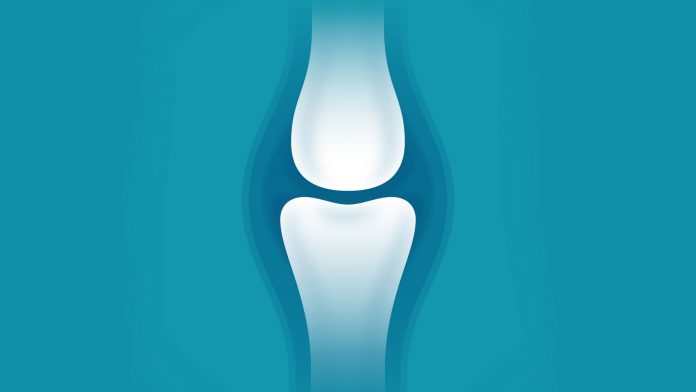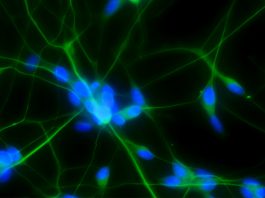A team of researchers at the University of Pennsylvania, USA, have used a magnetic field and hydrogels to generate new tissues.
These findings, published in Advanced Materials, could result in more lasting fixes to common injuries, such as cartilage degeneration. The study’s first author, Hannah Zlotnick, a graduate student in Bioengineering who works in the McKay Orthopaedic Research Laboratory at Penn Medicine, said: “We found that we were able to arrange objects, such as cells, in ways that could generate new tissues without having to alter the cells themselves.
“Others have had to add magnetic particles to the cells so that they respond to a magnetic field, but that approach can have unwanted long-term effects on cell health. Instead, we manipulated the magnetic character of the environment surrounding the cells, allowing us to arrange the objects with magnets.”
Cartilage can break down, causing joint instability or pain. Often, the breakdown is only partial and forms a hole in the joint. Now, doctors fill these holes with synthetic or biological materials that can wear away and require replacements.
Researchers led by senior author Robert Mauck, the director of the McKay Lab and a professor of Orthopaedic Surgery and Bioengineering, sought to find a way to fix the holes by repaving them instead of filling them in. The research team found that if they added a magnetic liquid to a three-dimensional hydrogel solution, cells, and other non-magnetic objects including drug delivery microcapsules, could be arranged into specific patterns that mimicked natural tissue through the use of an external magnetic field.
After contact with the magnetic field, the hydrogel solution was exposed to ultraviolet light in a process called ‘photo crosslinking’ to lock everything in place, and the magnetic solution subsequently was diffused out. After this, the engineered tissues maintained the necessary cellular gradient.
With this magneto-patterning technique, the team was able to generate new tissue and cartilage that covers the ends of bones. Mauck said: “These magneto-patterned engineered tissues better resemble the native tissue, in terms of their cell disposition and mechanical properties, compared to standard uniform synthetic materials or biologics that have been produced. By locking cells and other drug delivering agents in place via magneto-patterning, we are able to start tissues on the appropriate trajectory to produce better implants for cartilage repair.”









